Gardenless Vegetable Growing might sound like an oxymoron, right? But trust me, it’s not! Imagine harvesting fresh, juicy tomatoes or crisp lettuce right from your balcony or even your kitchen windowsill, even if you don’t have a traditional garden. Sounds like a dream? Well, it’s a dream within reach, and I’m here to show you how!
For centuries, humans have cultivated food in various ways, adapting to their environments and resources. From ancient rooftop gardens in Babylon to the ingenious floating gardens of the Aztecs, the desire to grow our own food has always been a part of our history. Today, with increasing urbanization and limited access to green spaces, the need for innovative gardening solutions is more crucial than ever.
That’s where gardenless vegetable growing comes in. Whether you live in a small apartment, have a shady yard, or simply lack the time for extensive gardening, these DIY tricks and hacks will empower you to cultivate your own delicious and nutritious vegetables. I’ll guide you through simple, cost-effective methods that require minimal space and effort. Say goodbye to store-bought produce and hello to fresh, homegrown goodness, no garden required!
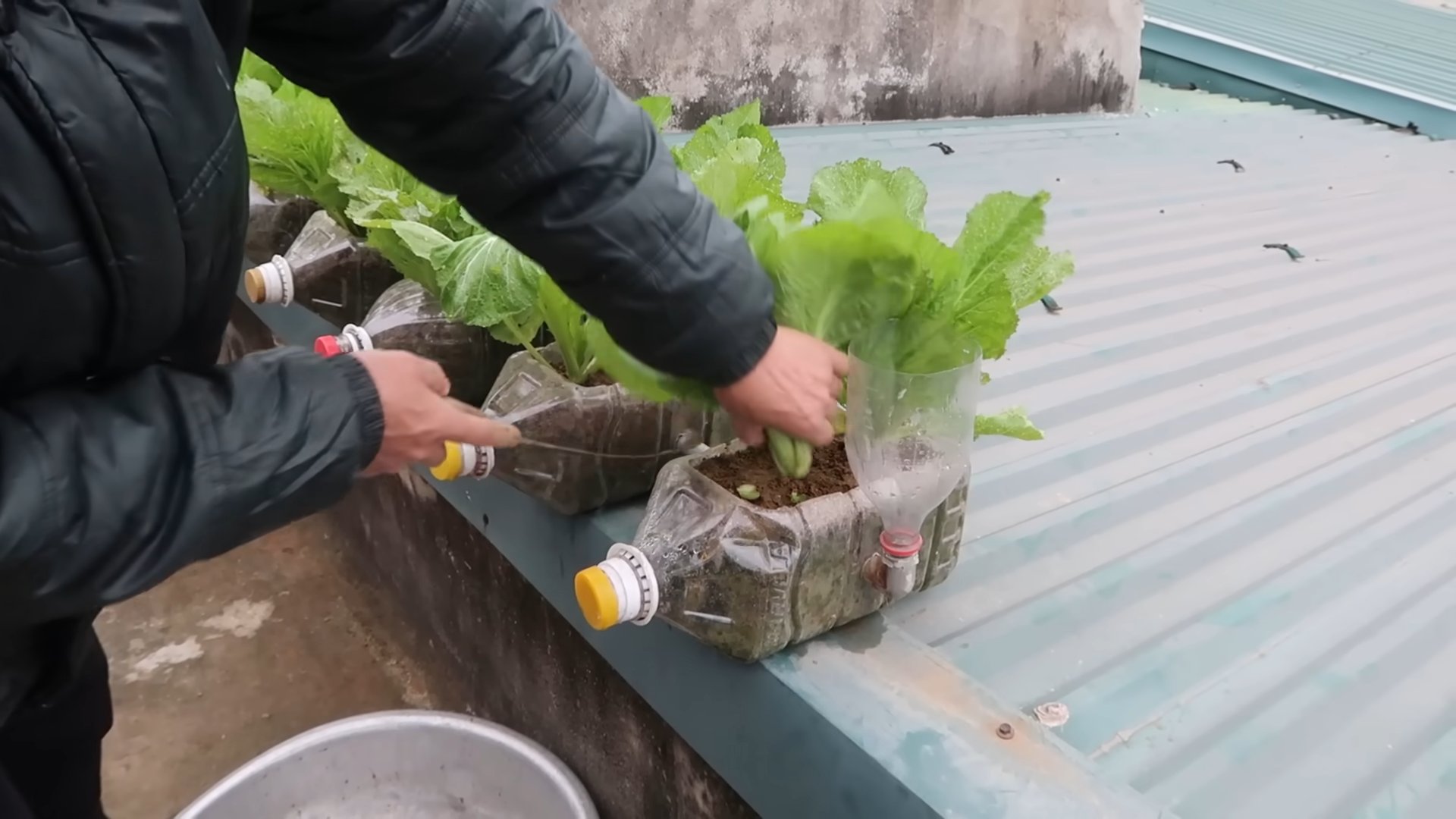
Growing Your Own Veggies: A Gardenless Adventure!
Okay, so you’re itching to grow your own vegetables, but you don’t have a garden? No problem! I’m here to tell you that you absolutely can cultivate delicious, fresh produce even without a traditional garden plot. We’re going to explore some fantastic gardenless methods that are perfect for balconies, patios, small yards, or even just a sunny windowsill. Get ready to get your hands dirty (well, maybe not too dirty!) and enjoy the satisfaction of harvesting your own homegrown goodness.
Choosing Your Gardenless Method
Before we dive into the nitty-gritty, let’s figure out which method best suits your space and preferences. Here are a few popular options:
* Container Gardening: This is probably the most common and versatile gardenless method. You can use pots, planters, buckets, or even repurposed containers to grow a wide variety of vegetables.
* Vertical Gardening: Perfect for small spaces! Vertical gardens utilize walls, fences, or trellises to grow plants upwards, maximizing your growing area.
* Hydroponics: A soilless method where plants are grown in nutrient-rich water. It can be a bit more technical, but it’s incredibly efficient and space-saving.
* Straw Bale Gardening: An interesting option where you condition straw bales and plant directly into them. It’s great for improving soil drainage and reducing weeds.
* Grow Bags: Fabric pots that offer excellent drainage and aeration for roots. They’re lightweight and portable, making them a great choice for balconies or patios.
For this guide, I’m going to focus on container gardening and grow bags, as they’re the most accessible and beginner-friendly options.
Section 1: Container Gardening – The Classic Choice
Container gardening is all about growing plants in, well, containers! It’s super flexible and allows you to move your plants around to follow the sun or protect them from harsh weather.
Choosing the Right Containers
* Size Matters: Different vegetables have different space requirements. Leafy greens like lettuce and spinach can thrive in smaller containers (at least 6 inches deep), while larger plants like tomatoes, peppers, and eggplants need much bigger pots (at least 12-18 inches deep).
* Material: Plastic, terracotta, ceramic, and even metal containers can work. Plastic is lightweight and retains moisture well, while terracotta is more breathable but can dry out faster. Ceramic pots are often decorative but can be heavy.
* Drainage is Key: Make sure your containers have drainage holes! Excess water can lead to root rot, which is a death sentence for your plants. If your container doesn’t have holes, you can drill some yourself.
* Repurposed Containers: Get creative! Buckets, old tires (painted, of course!), laundry baskets, and even old boots can be transformed into unique planters. Just make sure they’re clean and have drainage.
Selecting the Right Soil
* Avoid Garden Soil: Garden soil is often too heavy and compact for containers, which can hinder drainage and root growth.
* Potting Mix is Your Friend: Use a high-quality potting mix specifically designed for containers. These mixes are typically lighter and contain ingredients like peat moss, perlite, and vermiculite to improve drainage and aeration.
* Consider Adding Compost: Mixing in some compost will provide your plants with essential nutrients and improve soil structure.
Choosing Your Vegetables
* Sunlight Requirements: Pay attention to how much sunlight your chosen vegetables need. Most vegetables require at least 6-8 hours of sunlight per day.
* Compact Varieties: Look for “bush” or “dwarf” varieties of vegetables, as they’re bred to be more compact and suitable for containers.
* Beginner-Friendly Options: Lettuce, spinach, radishes, herbs (like basil, mint, and parsley), and cherry tomatoes are all relatively easy to grow in containers.
Planting Your Vegetables
1. Prepare Your Container: Place a layer of gravel or broken pottery at the bottom of the container to improve drainage.
2. Fill with Potting Mix: Fill the container with potting mix, leaving a few inches of space at the top.
3. Plant Your Seedlings or Seeds: Follow the instructions on the seed packet or seedling label for spacing and planting depth.
4. Water Thoroughly: Water the soil until it’s evenly moist but not soggy.
5. Add Mulch (Optional): A layer of mulch, such as straw or wood chips, can help retain moisture and suppress weeds.
Caring for Your Container Garden
* Watering: Water regularly, especially during hot weather. Check the soil moisture by sticking your finger into the soil. If the top inch feels dry, it’s time to water.
* Fertilizing: Container plants need regular fertilization, as nutrients can leach out of the soil over time. Use a balanced liquid fertilizer every few weeks.
* Sunlight: Make sure your plants are getting enough sunlight. Rotate the containers occasionally to ensure even growth.
* Pest Control: Keep an eye out for pests like aphids, whiteflies, and slugs. Hand-picking, insecticidal soap, or neem oil can help control infestations.
* Support: Taller plants like tomatoes and peppers may need staking or caging for support.
Section 2: Grow Bags – Lightweight and Portable
Grow bags are fabric containers that offer several advantages over traditional pots. They’re lightweight, breathable, and promote healthy root growth.
Choosing the Right Grow Bags
* Size: Similar to containers, choose the size of your grow bag based on the vegetable you’re growing. Smaller bags (1-5 gallons) are suitable for herbs and leafy greens, while larger bags (7-15 gallons) are needed for tomatoes, peppers, and eggplants.
* Material: Most grow bags are made from a breathable fabric like felt or non-woven polypropylene. These materials allow air to circulate around the roots, preventing them from becoming root-bound.
* Handles: Look for grow bags with sturdy handles, as this will make them easier to move around.
Selecting the Right Soil
* Potting Mix is Still Key: Just like with container gardening, use a high-quality potting mix specifically designed for containers.
* Consider Adding Coco Coir: Coco coir is a sustainable alternative to peat moss that helps retain moisture and improve drainage.
Choosing Your Vegetables
* Similar to Container Gardening: The same principles apply when choosing vegetables for grow bags. Consider sunlight requirements, compact varieties, and your experience level.
Planting Your Vegetables
1. Unfold and Position: Unfold the grow bag and place it in its final location. Once filled with soil, it can be heavy to move.
2. Fill with Potting Mix: Fill the grow bag with potting mix, leaving a few inches of space at the top.
3. Plant Your Seedlings or Seeds: Follow the instructions on the seed packet or seedling label for spacing and planting depth.
4. Water Thoroughly: Water the soil until it’s evenly moist but not soggy.
5. Add Mulch (Optional): A layer of mulch can help retain moisture and suppress weeds.
Caring for Your Grow Bags
* Watering: Grow bags tend to dry out faster than traditional containers, so you’ll need to water them more frequently, especially during hot weather.
* Fertilizing: Regular fertilization is essential, as nutrients can leach out of the soil quickly. Use a balanced liquid fertilizer every few weeks.
* Sunlight: Ensure your plants are getting enough sunlight.
* Pest Control: Monitor for pests and take action as needed.
* Support: Taller plants may need staking or caging for support.
Section 3: Tips for Success
Here are a few extra tips to help you succeed with your gardenless vegetable growing adventure:
* Start Small: Don’t try to grow everything at once! Start with a few easy-to-grow vegetables and gradually expand your garden as you gain experience.
* Choose the Right Location: Select a location that receives at least 6-8 hours of sunlight per day.
* Water Wisely: Water deeply and less frequently, rather than shallowly and often. This encourages deeper root growth.
* Deadhead Regularly: Remove spent flowers to encourage more blooms and fruit production.
* Harvest Frequently: Harvest your vegetables regularly to encourage continued production.
* Don’t Be Afraid to Experiment: Gardening is all about learning and experimenting. Don’t be afraid to try new things and see what works best for you.
* Observe Your Plants: Pay close attention to your plants and learn to recognize the signs of stress, such as yellowing leaves or wilting.
* Enjoy
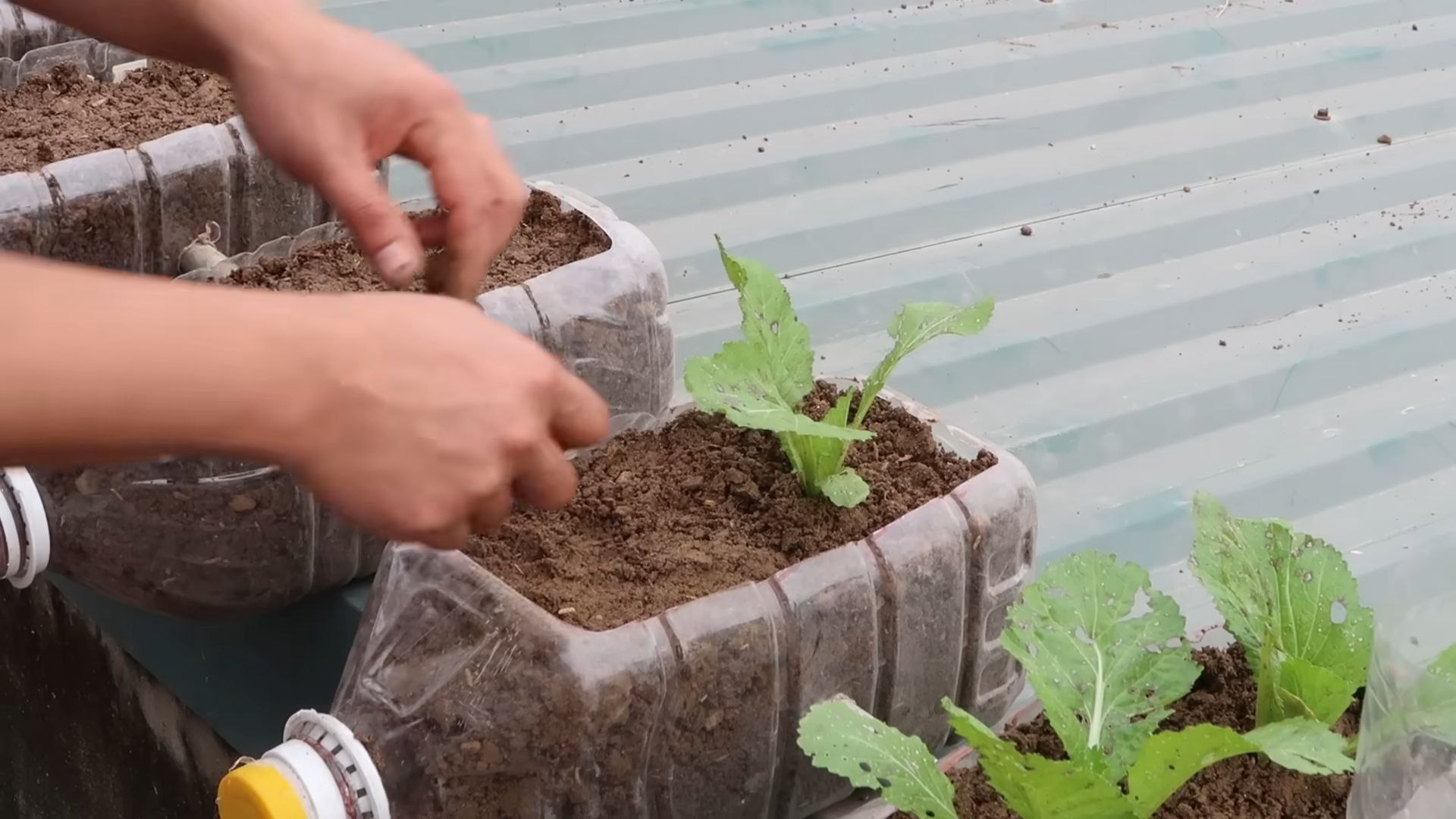
Conclusion
So, there you have it! Gardenless vegetable growing isn’t just a quirky experiment; it’s a revolutionary way to bring fresh, homegrown produce to your table, regardless of your living situation. We’ve explored the simplicity and accessibility of this method, highlighting how it bypasses the traditional constraints of space, soil quality, and even weather. It’s a testament to the fact that anyone, anywhere, can cultivate their own little patch of edible paradise.
The beauty of gardenless vegetable growing lies in its adaptability. Feel free to experiment with different containers – from repurposed buckets and plastic bins to stylish grow bags and vertical planters. Consider the specific needs of your chosen vegetables. Leafy greens like lettuce and spinach thrive in shallow containers, while root vegetables like carrots and radishes require deeper ones. Don’t be afraid to mix and match varieties, creating a vibrant and diverse edible landscape on your balcony, patio, or even windowsill.
Beyond the basic techniques, there are countless ways to personalize your gardenless vegetable growing experience. Try companion planting, pairing vegetables that benefit each other. For example, basil can deter pests from tomatoes, while marigolds can protect against nematodes. Explore different growing mediums, such as coco coir or perlite, to find what works best for your climate and the specific needs of your plants. You can even incorporate hydroponic or aquaponic elements for a more advanced and efficient system.
The key to success with gardenless vegetable growing is observation and adaptation. Pay close attention to your plants’ needs, adjusting watering, fertilization, and sunlight exposure as necessary. Don’t be discouraged by initial setbacks; gardening is a learning process, and every mistake is an opportunity to improve.
We wholeheartedly encourage you to embrace the world of gardenless vegetable growing. It’s a rewarding and sustainable way to connect with nature, nourish your body, and reduce your environmental footprint. Imagine the satisfaction of harvesting your own fresh herbs for a delicious meal, or sharing your homegrown tomatoes with friends and family. The possibilities are endless.
So, grab your containers, choose your seeds, and get ready to embark on a journey of green thumb discovery. We’re confident that you’ll be amazed by the abundance and flavor that you can cultivate, even without a traditional garden.
And most importantly, we want to hear about your experiences! Share your successes, your challenges, and your creative adaptations with us. Let’s build a community of gardenless vegetable growing enthusiasts, inspiring each other to grow more food and live more sustainably. Post pictures of your thriving plants, share your favorite recipes using your homegrown produce, and let us know what tips and tricks you’ve discovered along the way. Together, we can revolutionize the way we grow food, one container at a time.
Frequently Asked Questions (FAQ)
What exactly is gardenless vegetable growing, and how does it differ from traditional gardening?
Gardenless vegetable growing refers to cultivating vegetables in containers or other artificial environments, without the need for a traditional in-ground garden. This method relies on providing plants with the necessary nutrients, water, and sunlight in a controlled setting. Unlike traditional gardening, it eliminates the constraints of soil quality, space limitations, and unfavorable weather conditions. It’s perfect for urban dwellers, apartment residents, or anyone with limited access to land.
What types of vegetables are best suited for gardenless vegetable growing?
Many vegetables thrive in container environments. Some of the most popular and successful choices include:
* Leafy greens: Lettuce, spinach, kale, arugula
* Herbs: Basil, mint, parsley, cilantro, thyme
* Tomatoes: Especially determinate or bush varieties
* Peppers: Bell peppers, chili peppers
* Cucumbers: Bush or compact varieties
* Radishes
* Carrots: Shorter, round varieties
* Strawberries
* Beans: Bush beans
The key is to choose varieties that are well-suited to container life and to provide them with adequate space and support.
What kind of containers should I use for gardenless vegetable growing?
The options for containers are virtually limitless! You can use anything from repurposed buckets and plastic bins to terracotta pots and grow bags. Consider the following factors when choosing your containers:
* Size: Ensure the container is large enough to accommodate the root system of the chosen vegetable.
* Drainage: Proper drainage is crucial to prevent root rot. Make sure the container has drainage holes.
* Material: Choose a material that is durable and weather-resistant.
* Aesthetics: Select containers that complement your style and surroundings.
What type of growing medium should I use? Can I use regular garden soil?
Regular garden soil is generally not recommended for container gardening, as it can become compacted and poorly drained. Instead, opt for a soilless potting mix, which is specifically formulated for container environments. These mixes typically contain ingredients like peat moss, perlite, vermiculite, and coco coir, which provide excellent drainage, aeration, and water retention. You can also create your own custom mix by combining different ingredients.
How often should I water my gardenless vegetables?
The watering frequency will depend on several factors, including the type of vegetable, the size of the container, the weather conditions, and the type of growing medium. As a general rule, water when the top inch of soil feels dry to the touch. Avoid overwatering, as this can lead to root rot. During hot weather, you may need to water more frequently.
How much sunlight do my gardenless vegetables need?
Most vegetables require at least six hours of direct sunlight per day. However, some leafy greens and herbs can tolerate partial shade. If you don’t have access to enough natural sunlight, you can supplement with grow lights.
Do I need to fertilize my gardenless vegetables?
Yes, fertilization is essential for providing your plants with the nutrients they need to thrive. Use a balanced fertilizer that is specifically formulated for vegetables. Follow the instructions on the fertilizer packaging carefully. You can also use organic fertilizers, such as compost tea or fish emulsion.
How do I deal with pests and diseases in my gardenless vegetable garden?
Prevention is key when it comes to pests and diseases. Inspect your plants regularly for any signs of trouble. Remove any infected leaves or plants immediately. You can also use organic pest control methods, such as insecticidal soap or neem oil.
Can I grow vegetables indoors using gardenless methods?
Absolutely! Gardenless vegetable growing is an excellent way to grow vegetables indoors. You’ll need to provide your plants with adequate light, either through natural sunlight or grow lights. You’ll also need to monitor the temperature and humidity levels to ensure optimal growing conditions.
What are some common mistakes to avoid when starting a gardenless vegetable garden?
Some common mistakes to avoid include:
* Using the wrong type of soil
* Overwatering or underwatering
* Not providing enough sunlight
* Forgetting to fertilize
* Ignoring pests and diseases
* Choosing the wrong size container
By avoiding these mistakes, you’ll be well on your way to a successful gardenless vegetable growing experience.

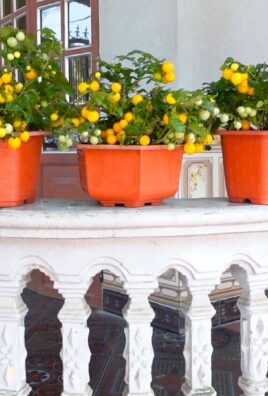
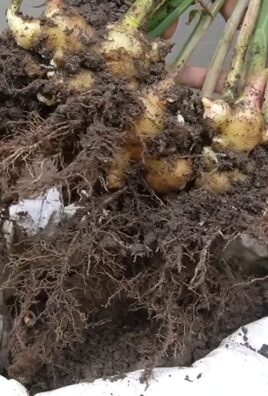
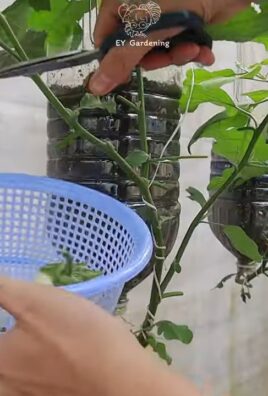
Leave a Comment